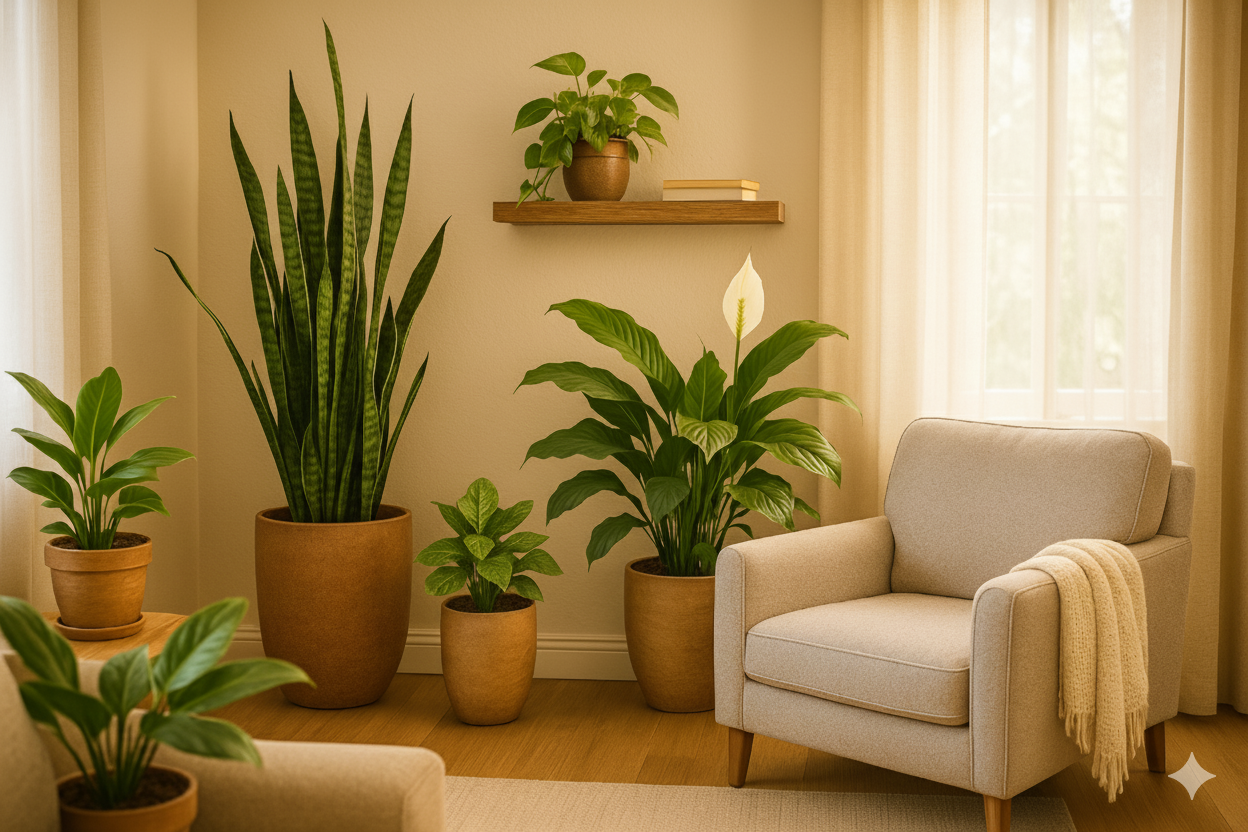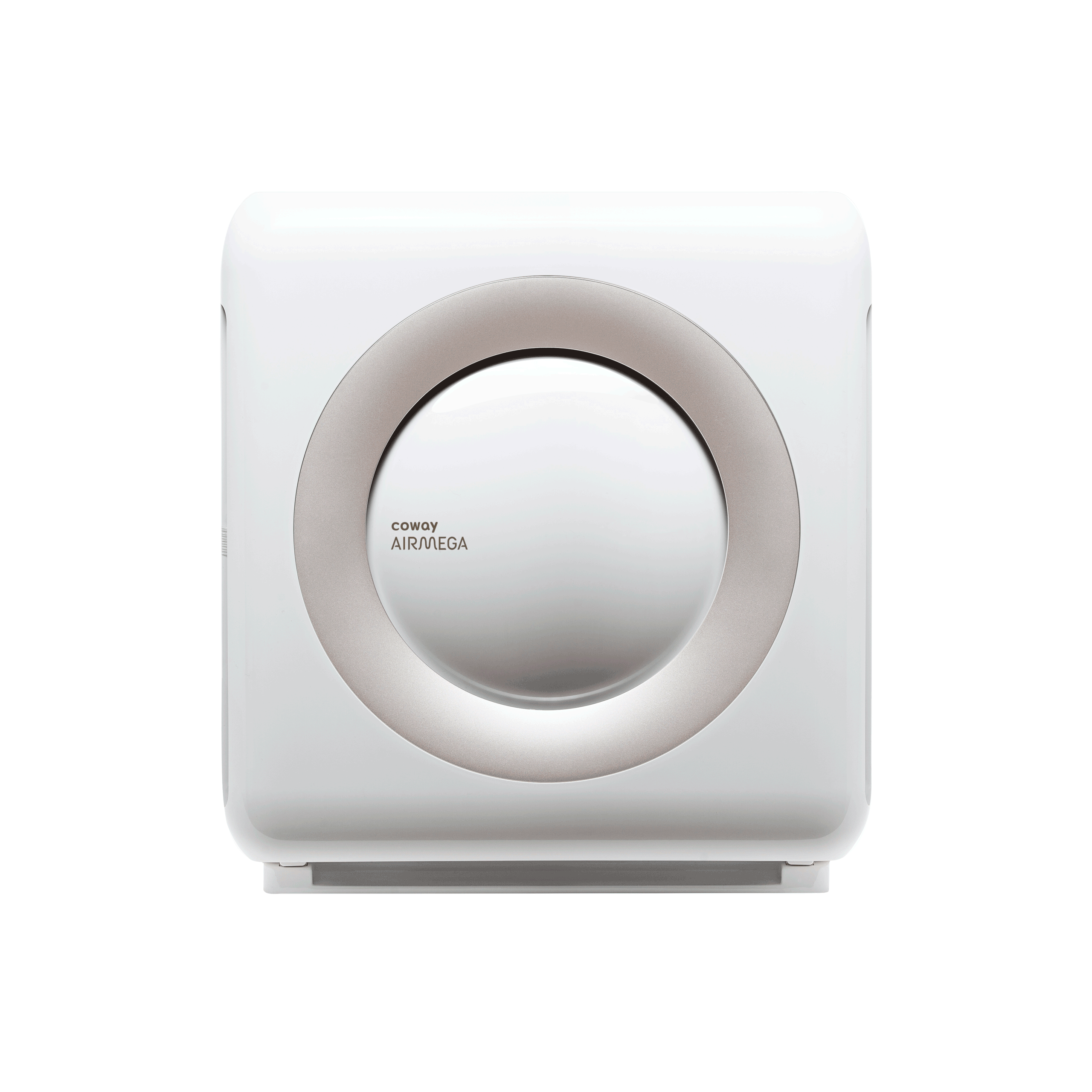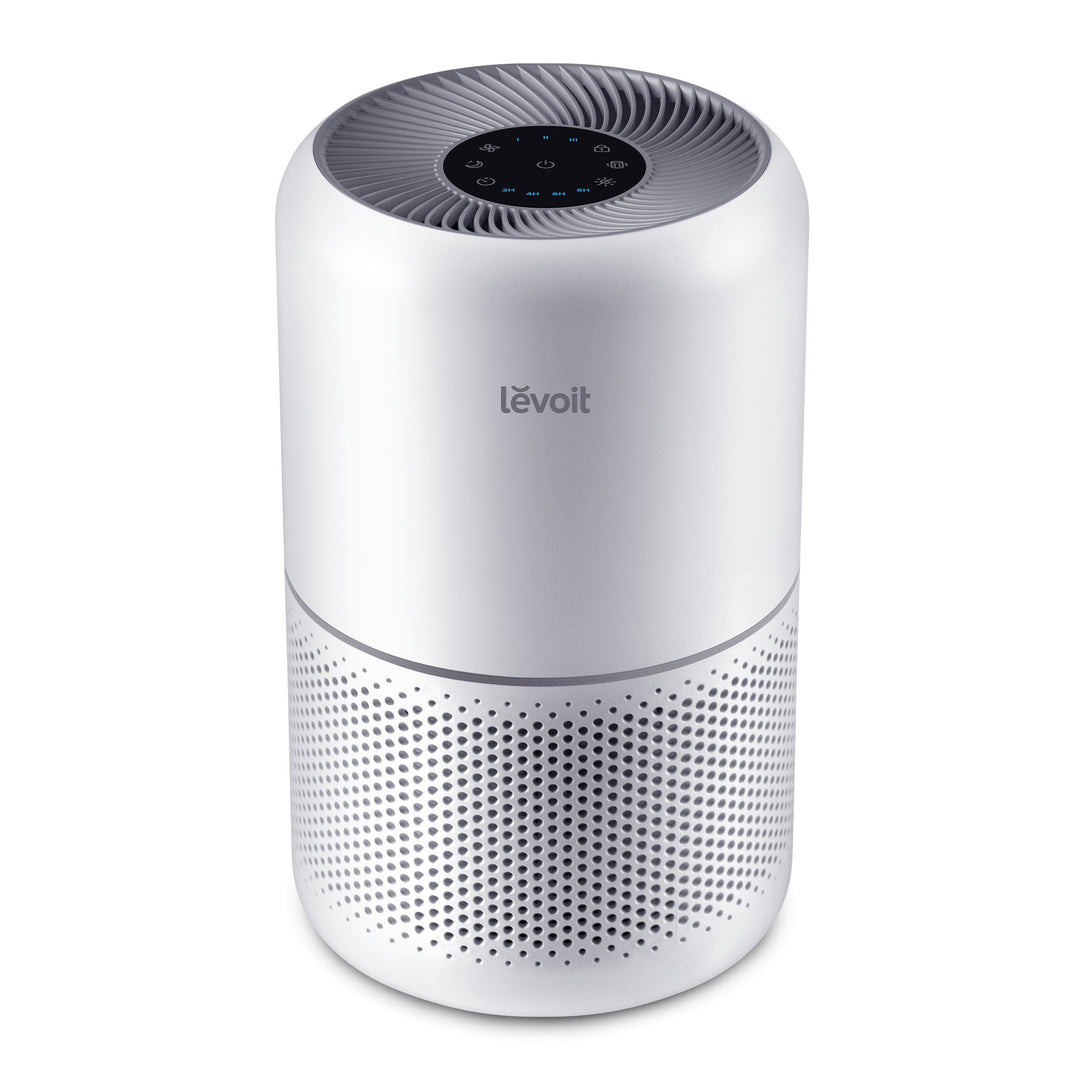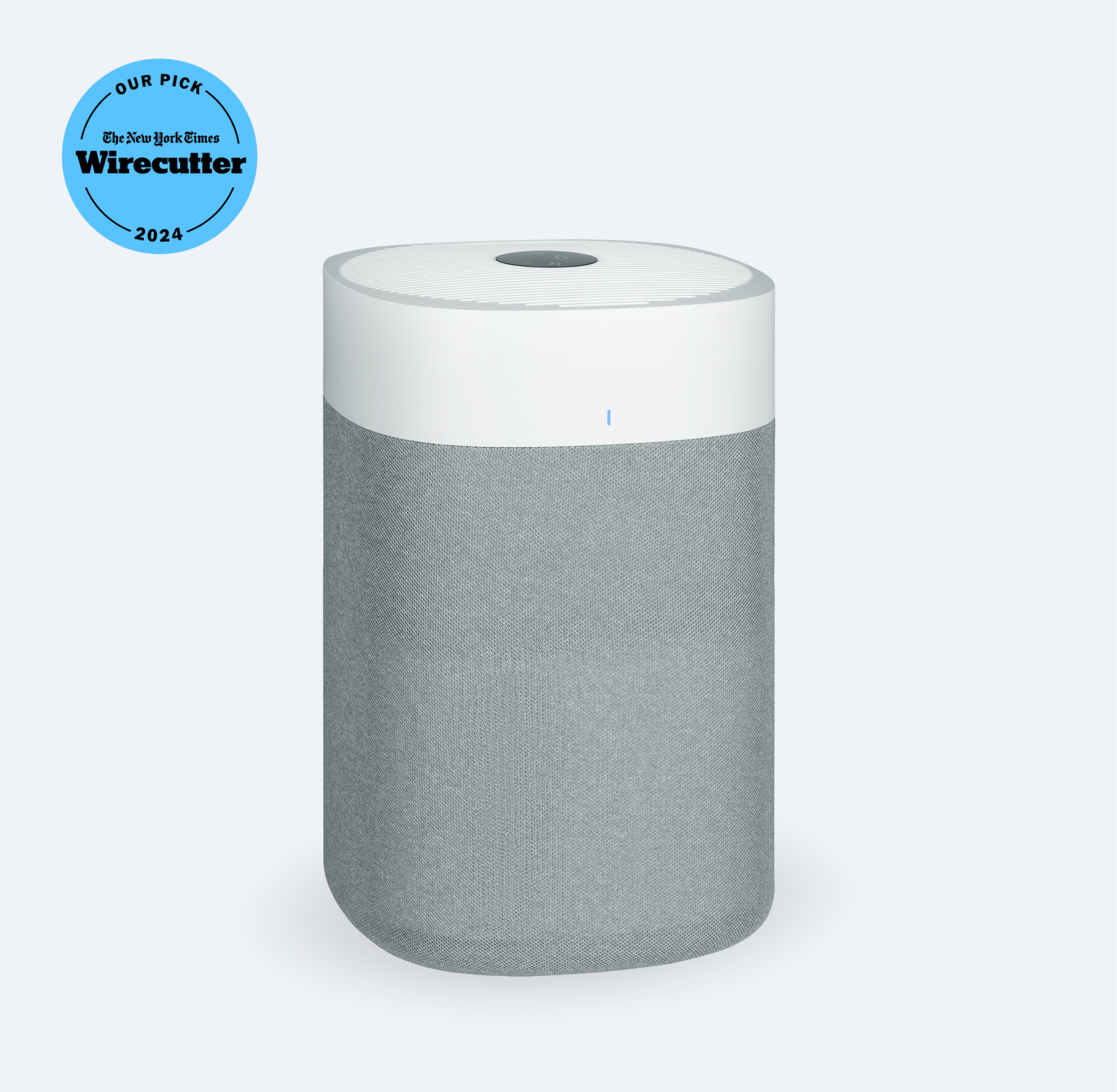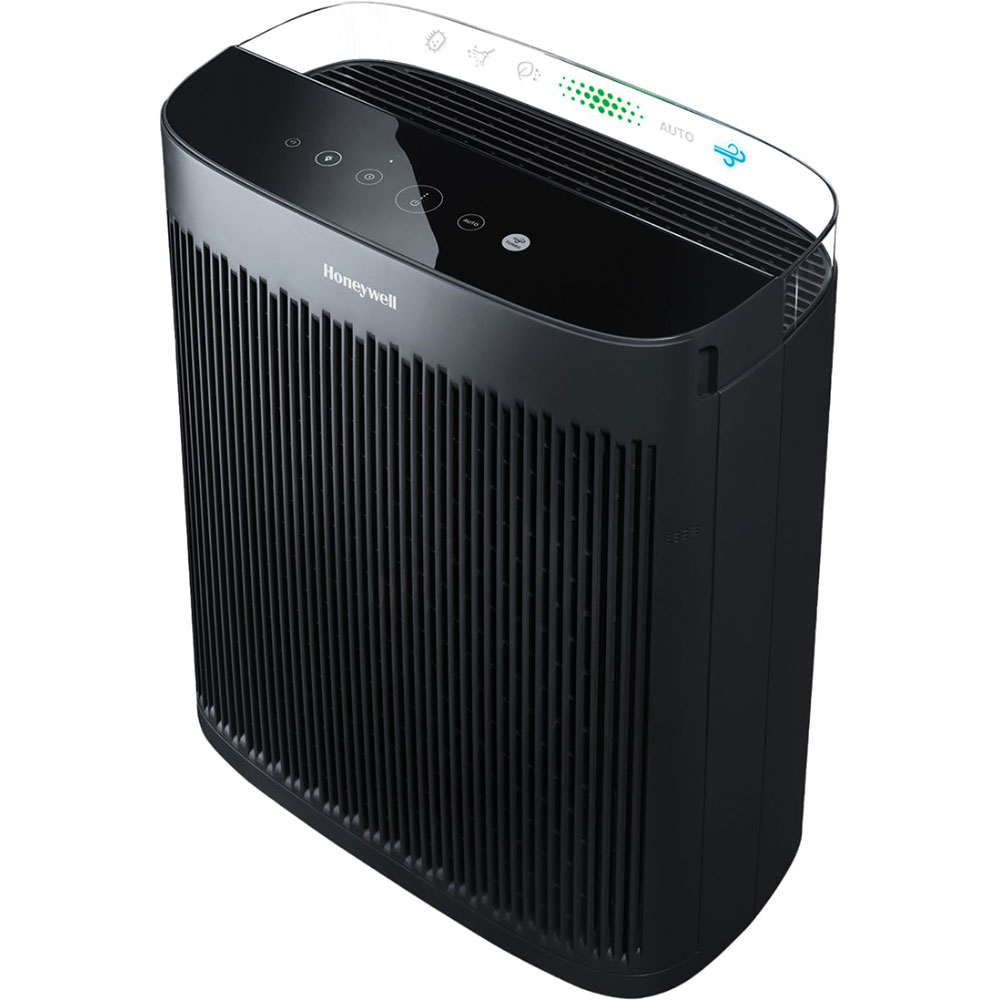Indoor plants can help improve air quality for people with COPD by reducing harmful toxins and adding moisture to the air, which soothes dry airways. They also provide mental health benefits by reducing stress. However, not all plants are suitable for COPD management. Here's a quick guide to the best plants and tips for using them effectively:
Best Indoor Plants for COPD:
- Snake Plant: Absorbs formaldehyde and benzene; low-maintenance.
- Spider Plant: Filters xylene; safe for pets and easy to propagate.
- Peace Lily: Removes VOCs and increases humidity; toxic to pets if ingested.
- Areca Palm: Acts as a natural humidifier; great for larger spaces.
- Boston Fern: Adds humidity and filters formaldehyde; requires consistent care.
Quick Tips:
- Place plants in well-ventilated areas, away from beds and couches.
- Use pots with proper drainage to prevent mold growth.
- Clean leaves regularly to maximize air-purifying effects.
- Avoid high-pollen or fragrant plants that may irritate sensitive airways.
Plants vs. Air Purifiers:
- Plants: Gradual toxin absorption, aesthetic and emotional benefits, but require many to make a noticeable impact.
- Air Purifiers: Immediate and effective at removing allergens and particulate matter, but higher upfront and maintenance costs.
Pro Tip: Combine plants with HEPA air purifiers and humidifiers for the best results in improving indoor air quality and managing COPD symptoms.
9 Indoor Plants that Reduce Respiratory Problems
Top Indoor Plants for Air Purification in COPD Homes
Here are five plants that are easy to care for, improve air quality, and have a low risk of triggering allergies. These options are particularly well-suited for homes of COPD patients, offering practical benefits for healthier indoor spaces.
Snake Plant (Sansevieria trifasciata)
The snake plant is a standout when it comes to cleaning indoor air. It removes common pollutants like formaldehyde and benzene, often found in household cleaning products and furniture. This plant thrives in low light and needs minimal watering, making it ideal for those who prefer low-maintenance greenery. Its upright, sturdy leaves also resist dust buildup, helping to keep allergens to a minimum.
Care tip: Only water when the soil is completely dry - typically every 2–3 weeks. Overwatering can harm this otherwise durable plant.
Spider Plant (Chlorophytum comosum)
Spider plants are excellent for filtering out xylene, a chemical released by paints and adhesives that can irritate sensitive airways. They’re also safe for homes with pets and children, as they’re completely non-toxic. Spider plants are easy to propagate, with baby offshoots that can be repotted to spread their air-purifying benefits throughout your home. They thrive in bright, indirect light and need regular watering. Hanging baskets not only showcase their cascading leaves but also help keep dust and pet dander away.
Peace Lily (Spathiphyllum)
Peace lilies are effective at removing volatile organic compounds (VOCs) while also boosting indoor humidity. This added moisture can be especially soothing for dry or irritated airways, a common issue for COPD patients during winter months. One handy feature of the peace lily is its drooping leaves, which serve as a natural reminder when it needs water. It grows well in low to medium light.
Note: Peace lilies are toxic if ingested, so ensure they’re placed out of reach of pets and small children.
Areca Palm (Dypsis lutescens)
The areca palm is a great choice for medium to large spaces. Acting as a natural humidifier, it adds moisture to the air, which can help alleviate dry coughs and throat irritation often associated with COPD. Growing up to 6–7 feet tall, this plant is perfect for living rooms or sunrooms. Its feathery fronds provide a large surface area for air purification. Areca palms thrive in bright, indirect light and need consistent moisture. Water when the top inch of soil is dry, and mist the leaves occasionally to maintain humidity.
Boston Fern (Nephrolepis exaltata)
Boston ferns are known for their ability to increase humidity and filter formaldehyde. They do require a bit more attention compared to other plants, as they need consistently moist soil. Avoid letting the soil dry out completely, but also ensure the pot has proper drainage to prevent standing water. To maintain the right humidity levels, place the fern on a pebble tray or group it with other plants.
When choosing plants for a COPD-friendly home, consider the light conditions in your space, your ability to maintain the plants, and the safety of everyone in the household. A good guideline is to have one plant for every 100 square feet of living space to optimize air purification benefits [2].
Plant Placement and Care Tips for COPD Patients
Where to Place Plants for Better Air Quality
Positioning indoor plants thoughtfully can make a big difference in air quality. Place them in well-ventilated areas, like near windows or alongside air purifiers, to maximize their benefits [1]. Snake plants are a great choice for bedrooms and living rooms since they release oxygen even at night. Spider plants, on the other hand, thrive near windows or on shelves where air circulation is strong. For larger spaces, consider areca palms in living rooms or offices with plenty of natural light. Peace lilies are perfect for shaded spots, like bathrooms or dim corners. To minimize allergen exposure, keep plants slightly away from beds, couches, and other areas where you spend a lot of time. This setup can help reduce respiratory symptoms for those managing COPD [1].
Safe Plant Care Methods
Taking care of your plants properly is key to preventing mold and keeping the air fresh. Use pots with proper drainage to avoid water buildup, which can lead to mold growth and irritate the respiratory system [1]. Adding a layer of pebbles on the soil surface can also help deter mold [1]. Water your plants only when the top inch of soil feels dry, and clean their leaves with a damp cloth every one to two weeks to maintain their air-purifying abilities. Ensure pots are stable to prevent tipping, especially if mobility is a concern. Regularly check your plants for pests or mold to keep them healthy and your environment safe [7]. These simple steps not only help your plants thrive but also reduce allergenic risks.
How to Reduce Plant-Related Allergens
Choosing the right plants and maintaining them well can significantly lower allergen exposure. Opt for low-allergen varieties like snake plants, pothos, philodendrons, and Chinese evergreens, as these are less likely to trigger respiratory symptoms [8]. Avoid plants known for producing allergens, such as ferns, weeping figs, yucca, and ivy [9]. Similarly, stay away from highly fragrant plants like jasmine, gardenia, lavender, and honeysuckle, as their strong scents may irritate sensitive airways [1].
Monitor your home’s humidity levels, as black mold thrives in environments with humidity above 65% [10]. A hygrometer can help you keep track of moisture levels, especially in rooms with multiple plants. Ensure good airflow by spacing plants apart and placing them where air circulates easily [4] [10]. When handling or pruning plants, wear gloves to reduce direct exposure to potential irritants [10]. These precautions create a more comfortable and COPD-friendly living space.
In 2024, easyplant noted that snake plants are particularly beneficial for individuals with respiratory sensitivities. They release minimal pollen and their leaves trap dust and allergens, making them a smart choice for improving indoor air quality [8]. Regular upkeep ensures these natural air filters continue to work effectively for your well-being.
sbb-itb-3e96dba
Indoor Plants vs. Air Purifiers: Pros and Cons
When it comes to managing COPD, both indoor plants and air purifiers can improve air quality, but they operate in distinct ways. Air purifiers use advanced filtration systems to capture particles from the air, while plants absorb pollutants like volatile organic compounds (VOCs) through their leaves and roots [4]. Knowing how these two options differ can help you decide whether to use one or both. The table below breaks down these differences clearly.
Air purifiers are known for their quick and effective results, removing a significant percentage of particles that can aggravate COPD symptoms [12]. The American Lung Association specifically endorses mechanical filtration as a reliable method for reducing indoor air pollution [12]. A 2022 study involving 116 COPD patients found that those using high-efficiency air purifiers for six months experienced fewer symptoms, reduced reliance on rescue medications, and fewer exacerbations compared to those using a placebo filtration system [11].
Plants, however, bring a different set of benefits. Beyond their air-cleaning capabilities, they can increase oxygen levels, reduce stress, and even boost creativity [3]. That said, their ability to absorb VOCs is gradual, and achieving a noticeable reduction in VOC levels would require an extremely high density of plants - ranging from 10 to 1,000 plants per square meter [4].
"It's best not to rely on your Pothos or Monstera to clean your indoor air. A better bet is to use proven methods to reduce indoor air pollution." - Editorial Staff, American Lung Association [4]
From a cost perspective, plants are inexpensive on their own but require many to make a difference. Air purifiers, while more expensive initially, also come with ongoing costs for filters and electricity. Maintenance needs differ as well: air purifiers require regular filter changes, while plants need watering, dusting, and careful attention to prevent mold. For air purifiers, models with MERV ratings of at least 12 are recommended, and ozone-producing units should be avoided [11]. COPD Essentials offers air purifiers specifically designed to support respiratory health.
Comparison Table: Indoor Plants vs. Air Purifiers
| Factor | Indoor Plants | Air Purifiers |
|---|---|---|
| Pollutants Removed | Mainly VOCs and some gases; minimal effect on particulate matter | Dust, allergens, smoke, particulate matter, and some VOCs |
| Speed of Action | Slow, with gradual absorption | Immediate and continuous filtration |
| Quantity Needed | High density required for impact | Typically 1-3 units per room |
| Initial Cost | Low per plant, but effectiveness depends on having many | Higher upfront cost per unit |
| Ongoing Costs | Care costs (soil, fertilizer, occasional replacements) | Filter replacements and energy usage |
| Maintenance | Watering, dusting, and mold prevention | Regular filter changes |
| Electricity Use | None (unless grow lights are added) | Requires electricity for operation |
| Allergen Risk | Potential mold, pollen, or soil issues if not maintained | Minimal if properly maintained |
| Additional Benefits | Enhances oxygen levels, reduces stress, and improves aesthetics | Consistently improves air quality |
| COPD Suitability | Helpful as a secondary strategy | Highly effective with clinical evidence |
Using both methods together can often yield the best results for managing indoor air quality with COPD. Air purifiers deliver dependable, measurable improvements, while a few well-chosen, low-allergen plants can complement this by adding aesthetic and emotional benefits. Since indoor air can often be more polluted than outdoor air [4], combining these strategies can be essential for better respiratory health.
Place air purifiers in high-use areas like bedrooms and living rooms. For plants, select low-allergen varieties and ensure proper care, including good drainage, to avoid mold or other issues.
Using Indoor Plants with Other COPD Air Quality Tools
Creating an optimal indoor environment for managing COPD involves more than just one approach. While indoor plants are excellent for naturally improving air quality, their benefits are amplified when combined with mechanical tools like HEPA air purifiers, humidifiers, and effective ventilation systems.
HEPA Air Purifiers and Plants: A Dynamic Duo
HEPA air purifiers are exceptional at removing particles that can worsen COPD symptoms, capturing 99.97% of particles as small as 0.3 microns [15]. When paired with plants that absorb toxins like benzene, formaldehyde, and toluene, they create a well-rounded air-cleaning system. For instance, English Ivy can reduce 78% of airborne mold in just 12 hours [13], while a HEPA purifier tackles dust, pollen, and other allergens simultaneously.
The trick lies in placement. Position purifiers in areas where you spend the most time and place plants nearby to maximize their combined effect. This setup allows the purifier to handle immediate particle removal, while plants continuously absorb chemical pollutants.
"For COPD warriors, the right air purifier can be transformative... With reduced pollutants and allergens, the frequency and severity of COPD symptoms can be reduced, paving the way for an enhanced quality of life." - IQAir [15]
Balancing Humidity for Easier Breathing
Maintaining the right humidity levels is just as important as filtering air. COPD patients benefit most when indoor humidity stays between 30% and 50% [1], preventing dryness in the airways without encouraging mold growth. Plants like Boston Ferns and Areca Palms naturally add moisture to the air through transpiration, while humidifiers provide consistent and controllable humidity levels.
During winter, when heating systems dry out the air, a humidifier is especially useful. Together, plants and humidifiers create a balanced environment, ensuring that the air remains comfortable and supportive for breathing.
Ventilation Systems: Keeping Fresh Air Circulating
Good ventilation is the backbone of clean indoor air. With indoor air being 2-5 times more polluted than outdoor air [14], regular air exchange is vital. Plants thrive with fresh air circulation, and mechanical ventilation systems ensure this happens consistently.
"Regular ventilation is a cornerstone of ensuring healthy indoor air quality. It plays a crucial role in promoting the circulation of fresh outdoor air while expelling indoor air pollutants." - EZ Breathe Home Ventilation System [14]
For homes with limited natural airflow, Heat Recovery Ventilators (HRVs) or Energy Recovery Ventilators (ERVs) are excellent options to maintain continuous air exchange.
Caring for Plants to Maximize Their Benefits
To keep plants effective, proper care is essential. Studies show that plants can reduce airborne microbes by 50% [6], but neglecting their maintenance can turn them into sources of mold or allergens. Regularly clean leaves, ensure proper watering, and check for signs of mold or pests to keep your plants healthy and functional.
Conclusion: Better Air Quality with Indoor Plants for COPD
Indoor plants have a natural ability to improve air quality, making them a great addition for those managing COPD. Plants like Snake Plants, Spider Plants, and Boston Ferns can help reduce airborne toxins, dust, and VOCs, while also adding moisture to the air - an important factor for easing dry airways. Considering that indoor air often contains seven to ten times more VOCs than outdoor air [5], these plants can play a key role in creating a healthier living environment. But there’s more to it - how you care for and place these plants can significantly amplify their benefits.
To get the most out of your plants, water them only when the top inch of soil feels dry, use pots with proper drainage, and clean their leaves every one to two weeks. Place plants in well-ventilated areas, keeping them away from beds and couches to reduce the risk of allergens while maximizing their air-purifying effects.
When combined with HEPA air purifiers, humidifiers, and good ventilation, indoor plants become part of a multi-layered approach to reducing pollutants that can aggravate COPD symptoms. While devices like air purifiers tackle immediate particle removal, plants contribute to long-term absorption of harmful chemicals, making them an essential component of a COPD-friendly home.
Beyond their ability to clean the air, caring for plants can also help reduce stress and improve emotional well-being - an often-overlooked aspect of managing COPD. Incorporating plant care into your daily routine not only creates a healthier environment but also supports mental health, which is crucial when dealing with a chronic condition. This approach complements other tools and strategies to enhance overall COPD management.
For a comprehensive clean air strategy, consider tools from COPD Essentials, such as air purifiers, humidifiers, and pulse oximeters. These devices work hand-in-hand with indoor plants to create a comfortable, healthier space that supports better breathing and overall well-being.
FAQs
For those managing COPD, selecting the right indoor plants can make a big difference in improving air quality while keeping allergy risks low. Some great choices include snake plants, spider plants, bamboo palms, and ZZ plants. These plants are not only easy to care for but also help filter out toxins from the air. Plus, they're less likely to trigger allergies, making them a smart addition to your living space.
It's best to avoid plants like ferns or weeping figs, as they can release more pollen or irritants into the air. Instead, go for plants with thick, waxy leaves or ones that produce little to no pollen. With the right care, these plants can contribute to cleaner air and a more comfortable environment for those living with COPD.
Indoor plants can play a role in improving the air you breathe by naturally filtering out toxins and boosting humidity levels. This can make your indoor space feel more comfortable, which might be helpful for people living with COPD. For example, snake plants and spider plants are well-known for their ability to purify the air and can contribute to a more inviting and refreshing home environment.
That said, it’s important to recognize that plants alone can’t match the effectiveness of air purifiers. Air purifiers are specifically designed to tackle airborne pollutants, allergens, and tiny particles that can aggravate COPD symptoms. While plants are a lovely and beneficial addition to your home, they should complement the use of air purifiers rather than replace them - especially if respiratory health is a concern.
Caring for indoor plants can be a simple way to improve air quality, especially for those living with COPD. Opt for easy-to-care-for, air-cleaning plants like snake plants, spider plants, or bamboo palms. These plants not only help purify the air but are also less likely to cause allergic reactions.
Place your plants in spots with good airflow and plenty of light. Be mindful not to overwater them, as excess moisture can lead to mold, which might irritate the lungs. Wipe the leaves regularly to remove dust, ensuring they can do their job effectively. It’s also a good idea to look into the specific care requirements for each plant to keep them thriving. Steer clear of plants that may release allergens or harmful substances, as they could aggravate respiratory issues. When cared for properly, indoor plants can help create a cleaner and more refreshing living space.
